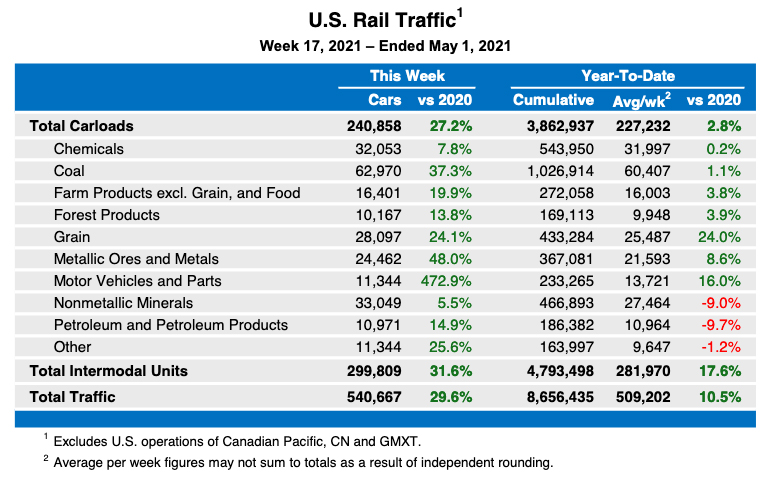
WASHINGTON — U.S. railroads saw major traffic increases in April 2021 over the same month a year earlier, reflecting the traffic recovery from the economic slump triggered by COVID-19 related shutdowns in 2020. Traffic for the most recent week remained on pace with recent showings.
Figures from the Association of American Railroads show overall U.S. rail traffic in April up 29.1% over the same month in 2020, with carload traffic increasing 23.7% and containers and trailers up 33.8%. Seventeen of the 20 carload categories tracked by the AAR’s in-depth stats showed increases over same-month figures from the previous year.
“A number of U.S. rail traffic categories have completely recovered ground lost during the pandemic or are very close to doing so,” AAR Senior Vice President John T. Gray said in a press release. “For example, April set a new all-time record for intermodal, driven by surging international trade and strong consumer spending. Meanwhile, carloads of grain, food, lumber, paper, scrap metal and several other categories were higher in April 2021 than they were in both April 2020 and in April 2019. Carloads of chemicals and steel in April 2021 were much higher than last year and just shy of April 2019 levels.”
Year-to-date totals show carload traffic up 2.8% over the first four months of 2020, while intermodal traffic is up 17.6%.
Meanwhile, for the week ending May 1, total U.S. traffic was 540,667 carloads and intermodal units, up 29.6% from the corresponding week in 2020. The 240,858 carloads represent a 27.2% increase, while the 299,809 intermodal containers and trailers represent an increase of 31.6%. Those figures also represent slight increases over the week ending April 24, when U.S. railroads moved 240,075 carloads, 298,109 intermodal units, and 538,184 total carloads and units.
North American totals for 12 reporting U.S., Canadian, and Mexican railroads saw 341,400 carloads, up 26.4% over same-week totals for 2020; 385,743 intermodal units, up 25.2%, and 727,143 total units, up 25.8%.






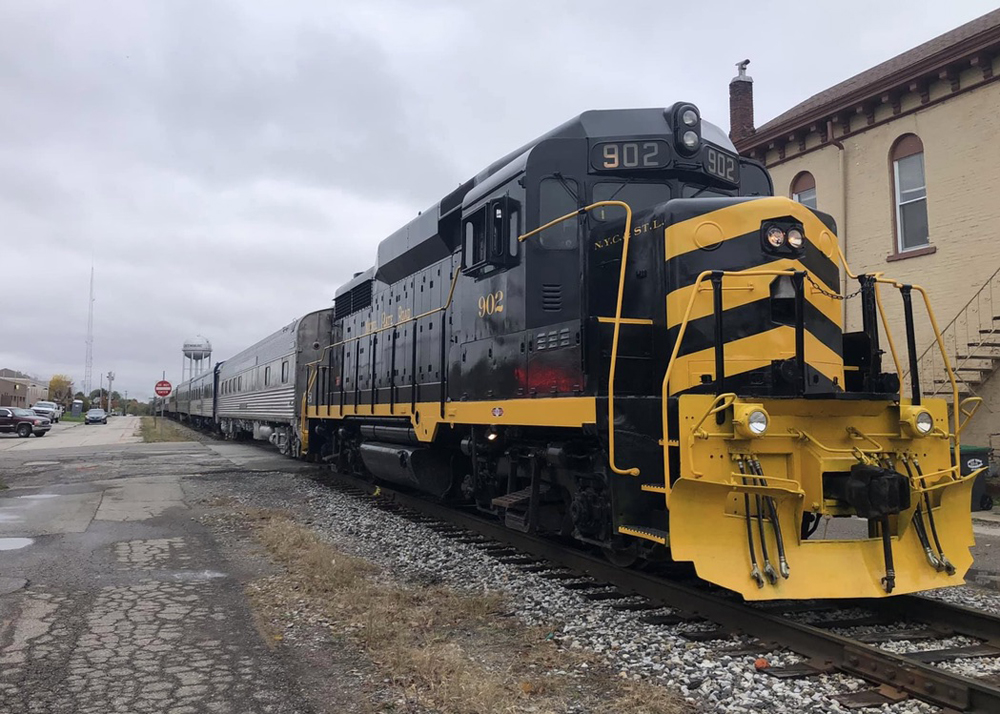
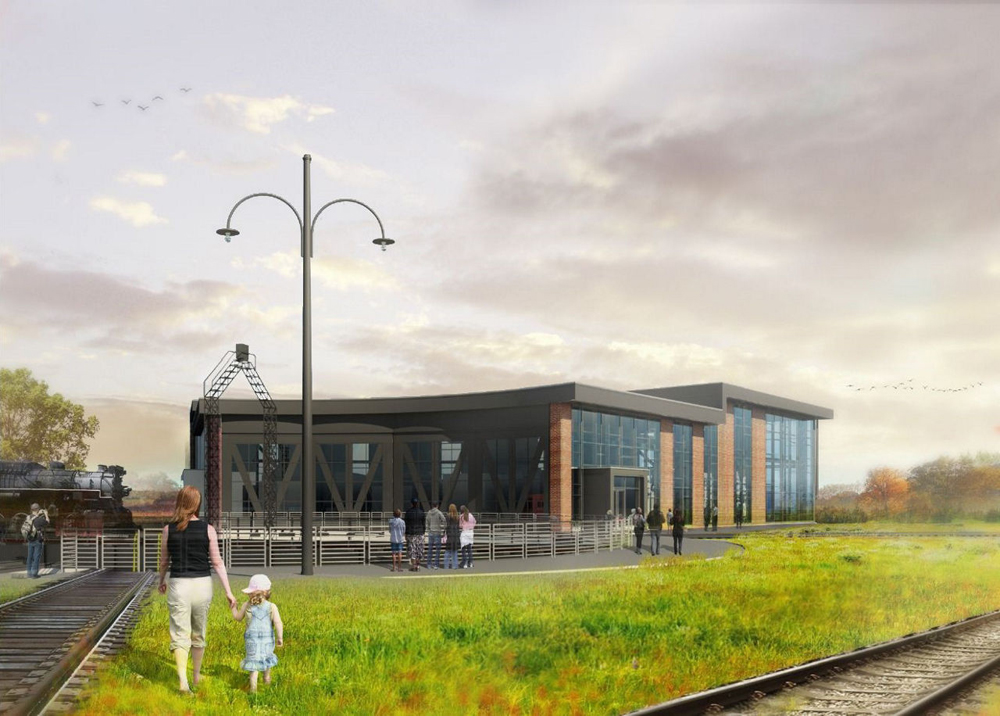
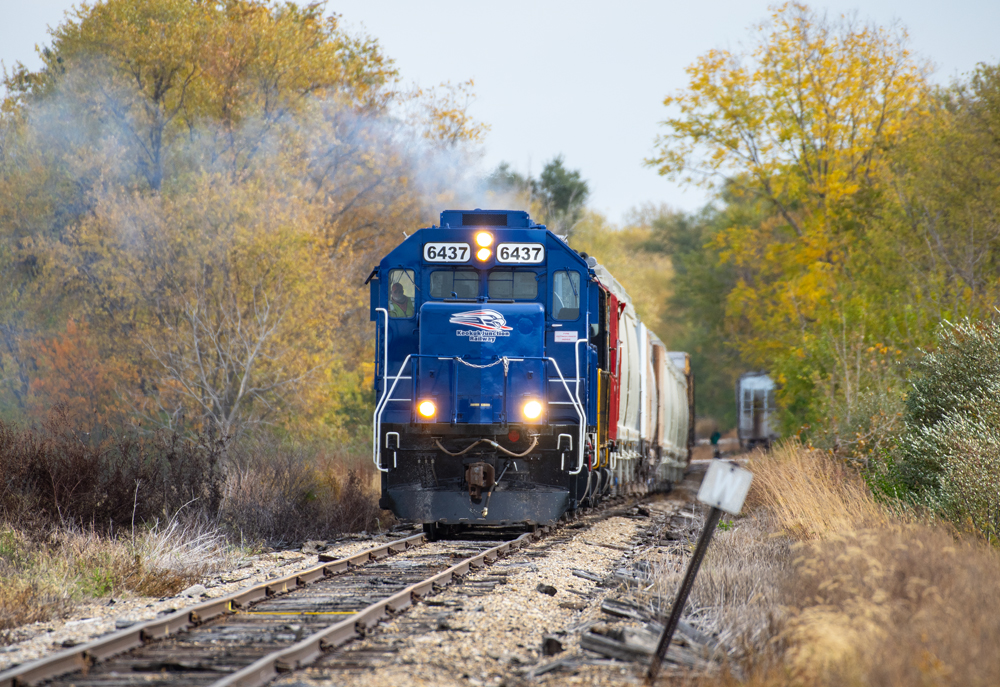
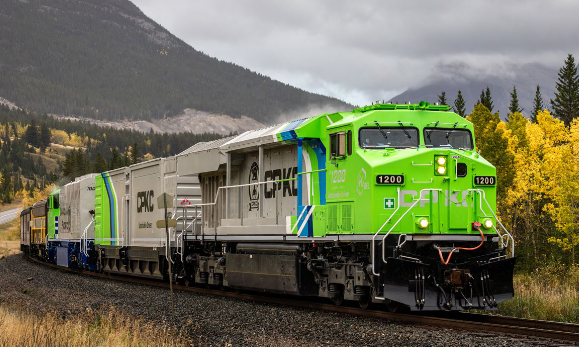




It’d be interesting to see a comparison with, say, 2005. This time last year was so bad that the “green” naturally looks rosy.